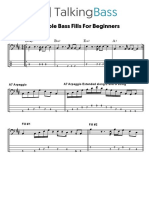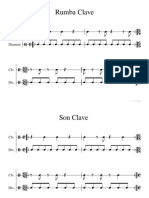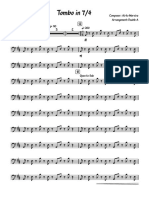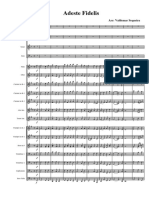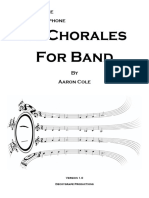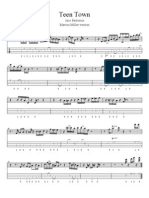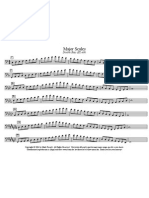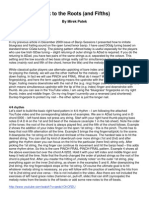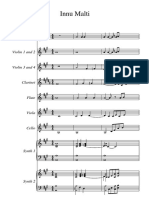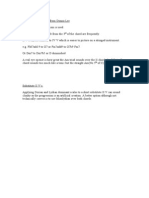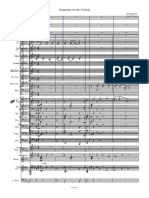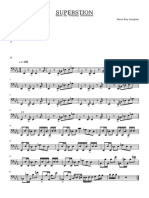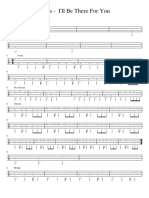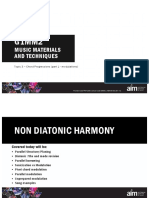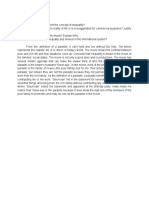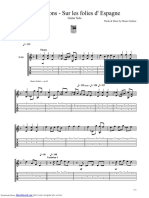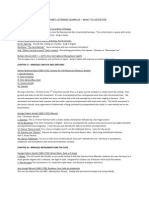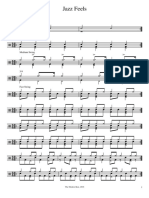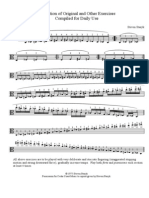0% found this document useful (0 votes)
239 views11 pagesModulation - Pivot Modulation PDF
Modulation is a technique used to transfer between musical keys. There are various methods of modulation including diatonic common-chord modulation, which uses a pivot chord that is common to both the original and new key. Closely related keys that are a part of the circle of fifths share more common chords, making them easier to modulate between using a pivot chord. When constructing a modulatory passage, the shared chords between the original and new key are identified, with preference given to chords that serve a predominant function like the subdominant or supertonic chord, which can effectively act as a pivot chord to establish the new key.
Uploaded by
Gwyneth BrunoCopyright
© © All Rights Reserved
We take content rights seriously. If you suspect this is your content, claim it here.
Available Formats
Download as PDF, TXT or read online on Scribd
0% found this document useful (0 votes)
239 views11 pagesModulation - Pivot Modulation PDF
Modulation is a technique used to transfer between musical keys. There are various methods of modulation including diatonic common-chord modulation, which uses a pivot chord that is common to both the original and new key. Closely related keys that are a part of the circle of fifths share more common chords, making them easier to modulate between using a pivot chord. When constructing a modulatory passage, the shared chords between the original and new key are identified, with preference given to chords that serve a predominant function like the subdominant or supertonic chord, which can effectively act as a pivot chord to establish the new key.
Uploaded by
Gwyneth BrunoCopyright
© © All Rights Reserved
We take content rights seriously. If you suspect this is your content, claim it here.
Available Formats
Download as PDF, TXT or read online on Scribd
/ 11














